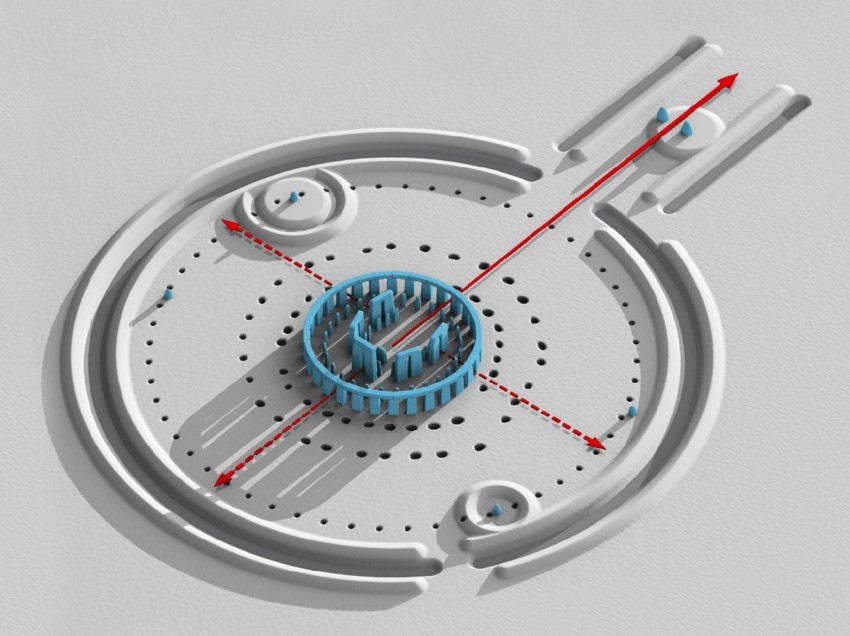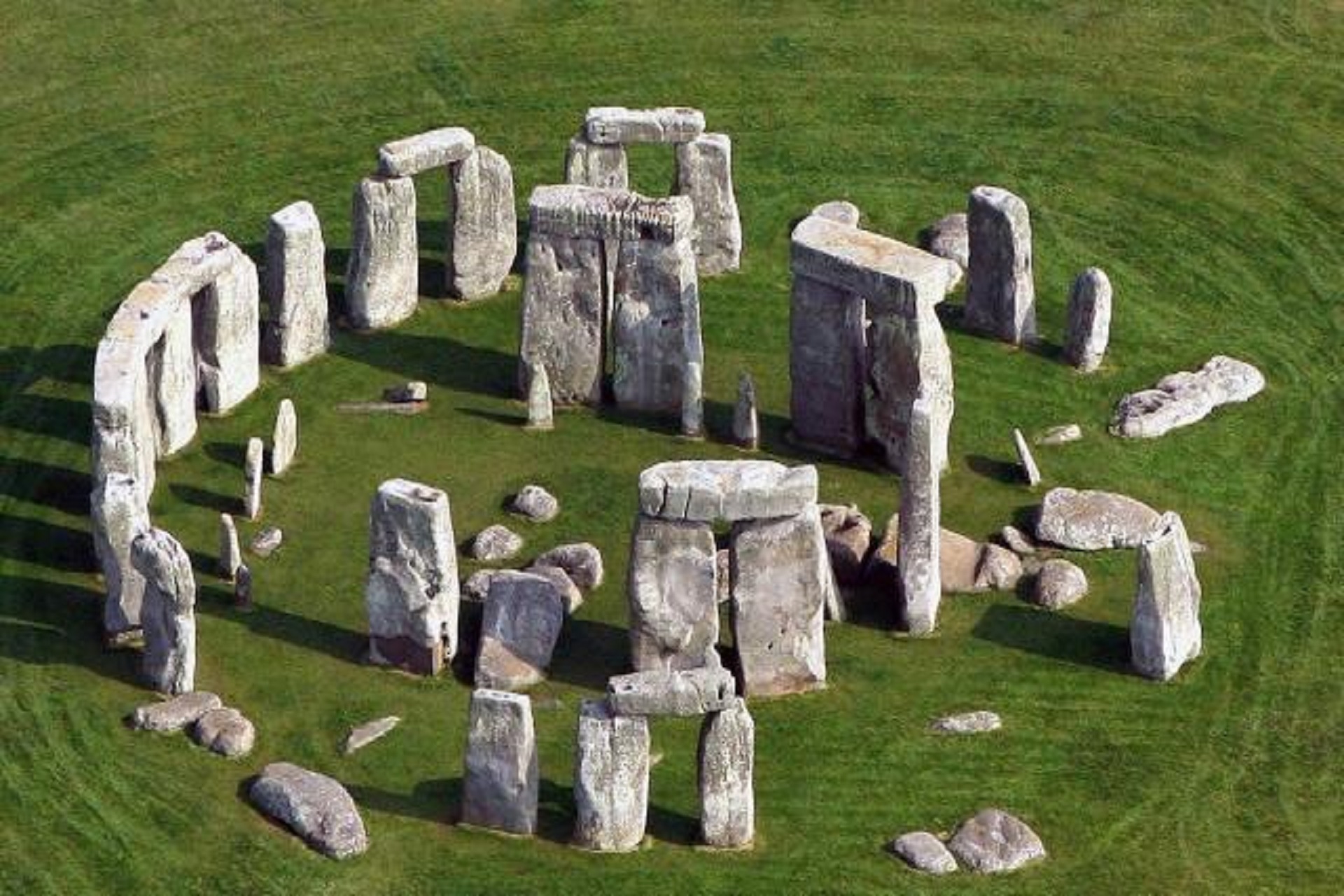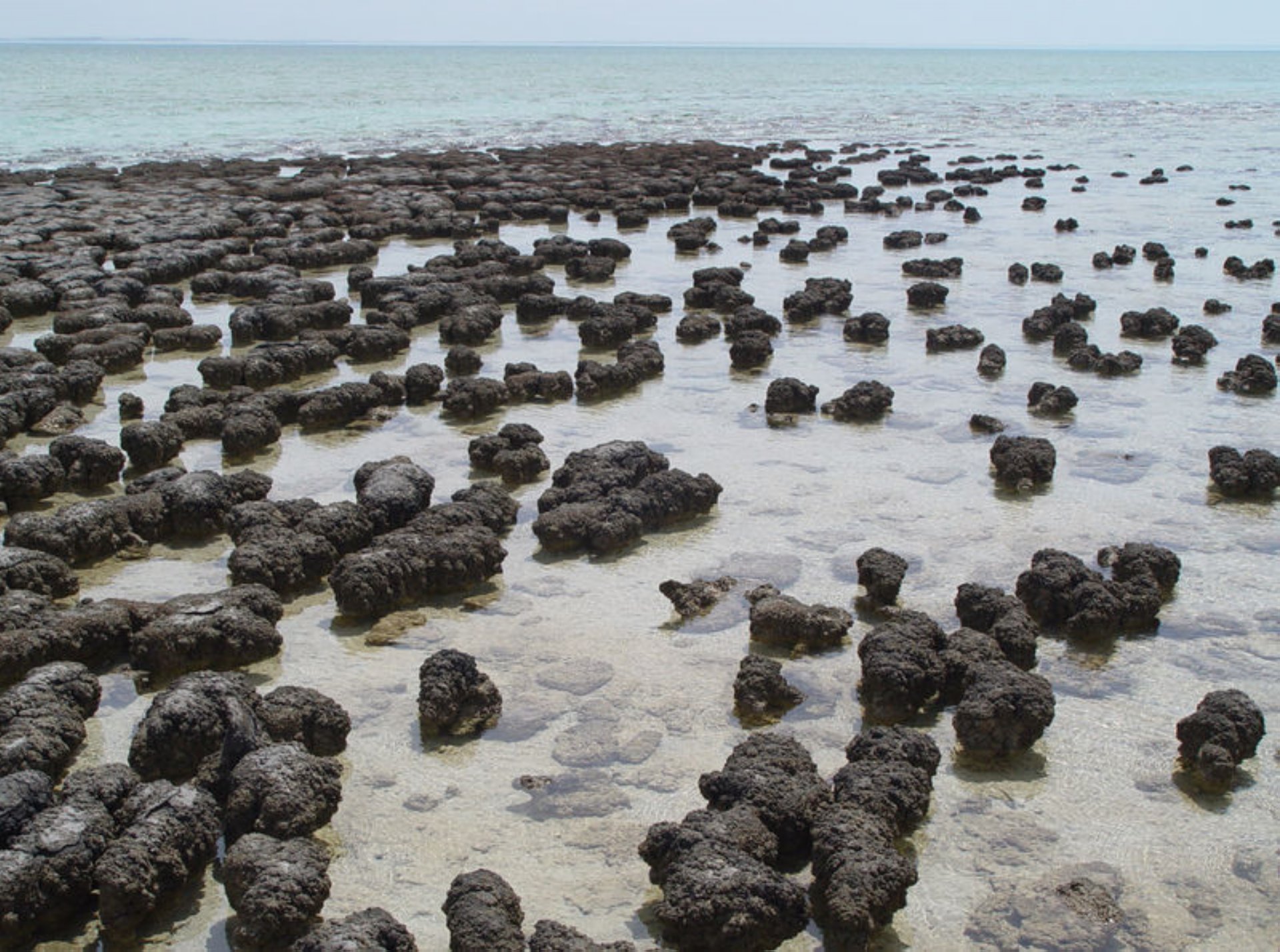Stonehenge Part 1/8 - The One and Only.
Stonehenge is older and more imposing than any other stone circle in Britain. Moreover, the construction is extremely sophisticated, no comparison can be made. This makes Stonehenge a pearl in the English Heritage.
A first acquaintance.
This mysterious circle of large bluestones (the so-called Bluestones) and giant sandstones (the so-called Sarsens) is on the UNESCO World Heritage List and is one of the most impressive prehistoric sites in the world.
Comparable to the pyramids in Egypt and the statues on Easter Island, it is one of those riddles to which archaeologists have devoted many litres of ink.
Stonehenge can be translated as the floating stones, but its real meaning has always stimulated the imagination of people of all kinds.
Stonehenge attracts hordes of visitors, almost one million a year. In addition, there is an old dilemma. I mean English Heritage versus (alternative) visitors:
- During a midsummer night celebration in 1900, when Stonehenge was still privately owned, one of the large standing stones fell over. The landowner had a fence erected around the monument for the first time in order to prevent worse.
- Stonehenge has been a national monument since 1919. English Heritage manages it and initially banned midsummer night celebrations.
- That ban was lifted in the 1980s. Parking and visits were free of charge for one day (on 21 June).
- But then the generous free versions came to an abrupt end in 2017. In spite of massive protests under the guise of freedom of religion, people have been paying around £15 per vehicle since then.
The megaliths were erected in the course of the third millennium before our era, but they have undoubtedly been rearranged several times since then. In total, more than 1,500 years have been spent working on them.
Men began with the Henge some 200 generations ago. That’s another way of saying that the monument (the first erection) is about 5,000 years old. One takes for a generation in that time about 25 years.
The main axis points in one direction to the Midsummer Sunrise and 180° otherwise it points in the direction of the Midwinter Sunset. Stonehenge’s relationship with the solar cycle appeals to the imagination. Twice a year people gather there en masse.

The main axis points in the direction of the summer solstice. Photo from Wikipedia.
The stones could only be arranged in this way by observing the orbit of the sun and moon and the course of the seasons. So most likely it was a calendar and a place for the solar cult:
- One stone, on the northeast side, indicates the point on the horizon where the sun rises on the longest day of the summer solstice.
- A smaller stone, on the southwest side, indicates the place where the sun sets on the shortest day of the winter solstice.
- Other stones allow to predict the rise of the moon.
Some stones have a name, but it originates in the imagination of the visitors (Altar Stone, Heel Stone and Slaughter Stone).
Whatever the case. The boulders have been moved here and we can only guess at their purpose. Many ancient peoples shared a passion for astronomy, hence that calendar. The prehistoric visitors of Stonehenge could see on the horizon exactly when the new season began. This fact was, of course, of great practical importance for agriculture. At the same time, it must have been the subject of numerous religious rituals at Stonehenge. So society was able to interpret complex and long-lasting astronomical cycles and pass on knowledge about them despite the lack of a written culture. Astonishing.
According to the most recent research and the buried skeletons found there, which clearly show traces of trauma, this place would have been an important centre for healing, something like the French Lourdes is today. The bluish stones found here are therefore the same as the Gallic stones found near the source in Lourdes. So those who were worst affected by illness made a pilgrimage to this place.
What we do know for certain is that it is not a monument to druids: the three periods in which it was built date back well before the arrival of the Celts. They only arrived here in the 3rd century before our era.
The guides from the 19th century unfortunately contributed greatly to the damage of the site. They handed out hammers to the tourists so that they could take a souvenir with them! As a result, you are no longer allowed to reach the stones, you are constantly kept twenty metres away.
Only at the festive gathering for the summer solstice (21 June) you are allowed to touch the stones.
My experience.
In 2020, it was 35 years since I first saw Stonehenge. I came there almost every year, sometimes even several times a year. What should perhaps have been a festive year soon became a low point because Corona had closed the monument for a long time. Corona therefore also caused me suffering. As half of the suffering we keep in our hearts is suffering because we keep it in our hearts: write it off.
The stones do something to me and that is putting it mildly. Every summer solstice is a gigantic costume party and is just fun. I like to cross those 500 km because I am glad to see people coming and unfortunately also people going. I compare it to a pilgrimage where I wander around for a few days like a grain of sand in the desert.
At every successful sunrise on 21 June, people wish each other “Happy solstice”. A successful sunrise means that the rising sun can be seen for a few moments through the northeast gate and exactly above the Heel Stone. If it is to do with that sunrise, then I must honestly say that this has not happened more than 5 times. At the ultimate moment itself, so around 04.52 hours it is usually cloudy, foggy, drizzling and even if it does clear up an hour later, it is in principle too late and we have to look forward to next year.
But the atmosphere is edifying, even without sunshine. The motto is: “Once in a lifetime a happy solstice”. That happiness has certainly come to me.
I could write a book about the organisation of the festival, but I’m not going to. Nevertheless, I would like to make a few separate comments:
- All paid places to stay are always full, you need to be there quickly. Prices will double around 20, 21 and 22 June.
- Friendly but tough police officers wipe the wide area clean during that period and chase away any parked vehicle. There is little sleep.
- From the moment the car park opens, the queue is blown. I was once as good as the first. At some control moments I faked engine trouble, fortunately time went in my favour and when speech came to hoist me away, the car park opened and I was ribbedebie. It’s been a long time, I’m not proud of it, it can’t be today because the tow trucks are ready.
- When it rains, the cars plough over the meadow car park and it becomes a mess. Images of mud pools and refugee camps loom up. But even that can’t spoil the fun.
- In principle, it is not allowed to set up a tent. Cars and vans undergo a metamorphosis to be able to lie down inside for a few moments.
- Numbered diesel generators provide light and are a landmark.
- All night long it is a coming and going of people in the car park. From there they have to walk at least 3 km to the stones. Many enthusiasts don’t make it through the morning. A weekend edition can be up to 35,000 visitors, a week edition a little less. There is a tight control, somewhere you can feel that English Heritage is not quite up to it.
- The clearing of the meadow is chaotic, everyone wants to go home at the same time. The monument closes in the morning shortly after sunrise and it is over.






Comments